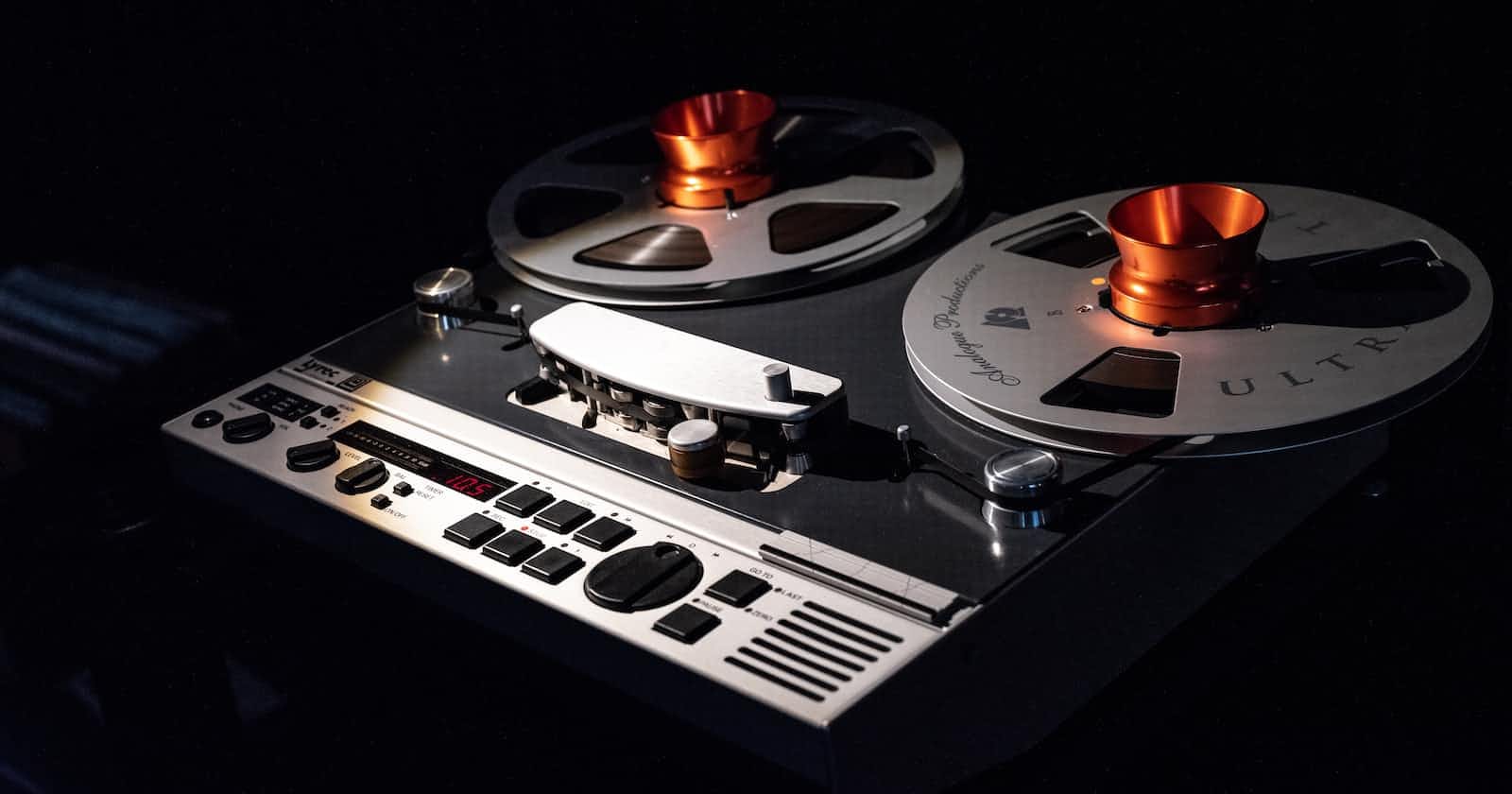Introduction
Asynchronous programming has become a critical component in developing efficient applications, and this is no different in the realm of audio processing. Python, with its robust libraries and asynchronous capabilities, is an excellent choice for such tasks. This article will guide you through the process of developing asynchronous audio applications using Python, complete with code examples.
Understanding Asynchronous Programming
Asynchronous programming allows tasks to be executed concurrently, rather than sequentially. This is particularly beneficial in I/O-bound tasks, such as audio processing, where waiting for one task to complete before starting another can lead to inefficiencies.
In Python, the asyncio library provides the tools necessary for asynchronous programming. It allows for the creation of coroutines, which are special functions that can be paused and resumed, allowing for concurrent execution.
Python Libraries for Audio Processing
Python offers several libraries for audio processing:
- PyDub: A simple and easy-to-use library that allows you to manipulate audio files with a wide range of formats.
- Librosa: A powerful library for music and audio analysis.
- SoundDevice: This library provides low-latency audio I/O with NumPy compatibility.
Asynchronous Audio Programming
Let's look at a simple example of async audio programming using Python's sounddevice library:
import sounddevice as sd
import numpy as np
import asyncio
async def play_tone(frequency, duration):
fs = 44100 # Sample rate
t = np.linspace(0, duration, int(fs * duration), False) # Time array
tone = 0.5 * np.sin(frequency * t * 2 * np.pi) # Generate tone
await loop.run_in_executor(None, sd.play, tone, fs) # Play tone
loop = asyncio.get_event_loop()
loop.run_until_complete(play_tone(440, 1))
In this example, we generate a tone using numpy's sin function and then play it using sounddevice's play function. The play function is run in an executor via loop.run_in_executor, which allows it to run asynchronously.
Building an Asynchronous Audio Application
Now that we understand the basics of asynchronous audio programming in Python, let's build a simple application. Our application will play a series of tones in an asynchronous manner.
import sounddevice as sd
import numpy as np
import asyncio
async def play_tone(frequency, duration):
fs = 44100 # Sample rate
t = np.linspace(0, duration, int(fs * duration), False) # Time array
tone = 0.5 * np.sin(frequency * t * 2 * np.pi) # Generate tone
await loop.run_in_executor(None, sd.playrec, tone, fs) # Play tone
async def main():
frequencies = [440, 880, 1320] # Frequencies to play
duration = 1 # Duration of each tone
for freq in frequencies:
await play_tone(freq, duration)
await asyncio.sleep(duration + 0.5) # Wait before playing next tone
loop = asyncio.get_event_loop()
loop.run_until_complete(main())
In this application, we define a list of frequencies that we wish to play. We then loop over these frequencies and play each one using our play_tone function. We also include a sleep period between each tone to ensure they don't overlap.
Conclusion
Asynchronous programming in Python opens up a world of possibilities for efficient and responsive audio applications. With practice and exploration of Python's extensive libraries, you can create complex audio applications that take full advantage of modern hardware capabilities.
Further Reading
Here are some resources that can help you learn digital audio processing with Python:
7 Python Libraries For Manipulating Audio That Data Scientists Use : This article lists down 7 python libraries for manipulating audio. It includes libraries like PYO, pyAudioAnalysis, and others.
audio-processing-with-python · GitHub Topics · GitHub : This repository contains exploratory code/scripts for audio preprocessing and model fitting for the task of audio tagging and its applications.
Audio/Video Instructional Materials for Python | Python.org : This page collects some of the best podcasts, screencasts and video presentations for the Python community.
An introduction to audio processing and machine learning using Python : This article introduces you to audio processing and machine learning using Python. It also provides useful resources like pyAudioAnalysis, pyAudioProcessing, etc.
Audio Data Analysis Using Deep Learning with Python (Part 1) : In this article series, you will learn about audio data analysis and extract necessary features from a sound/audio file. It also guides you to build an Artificial Neural Network (ANN) for music genre classification.

